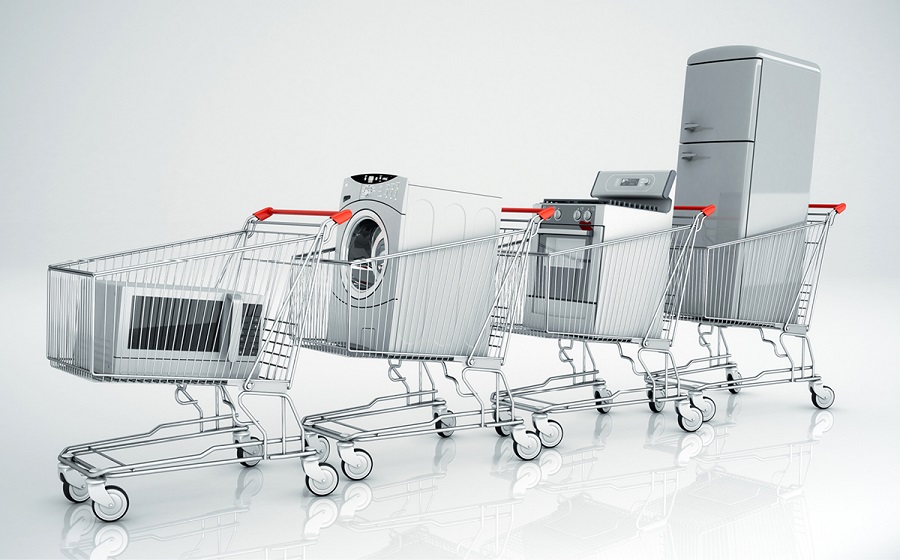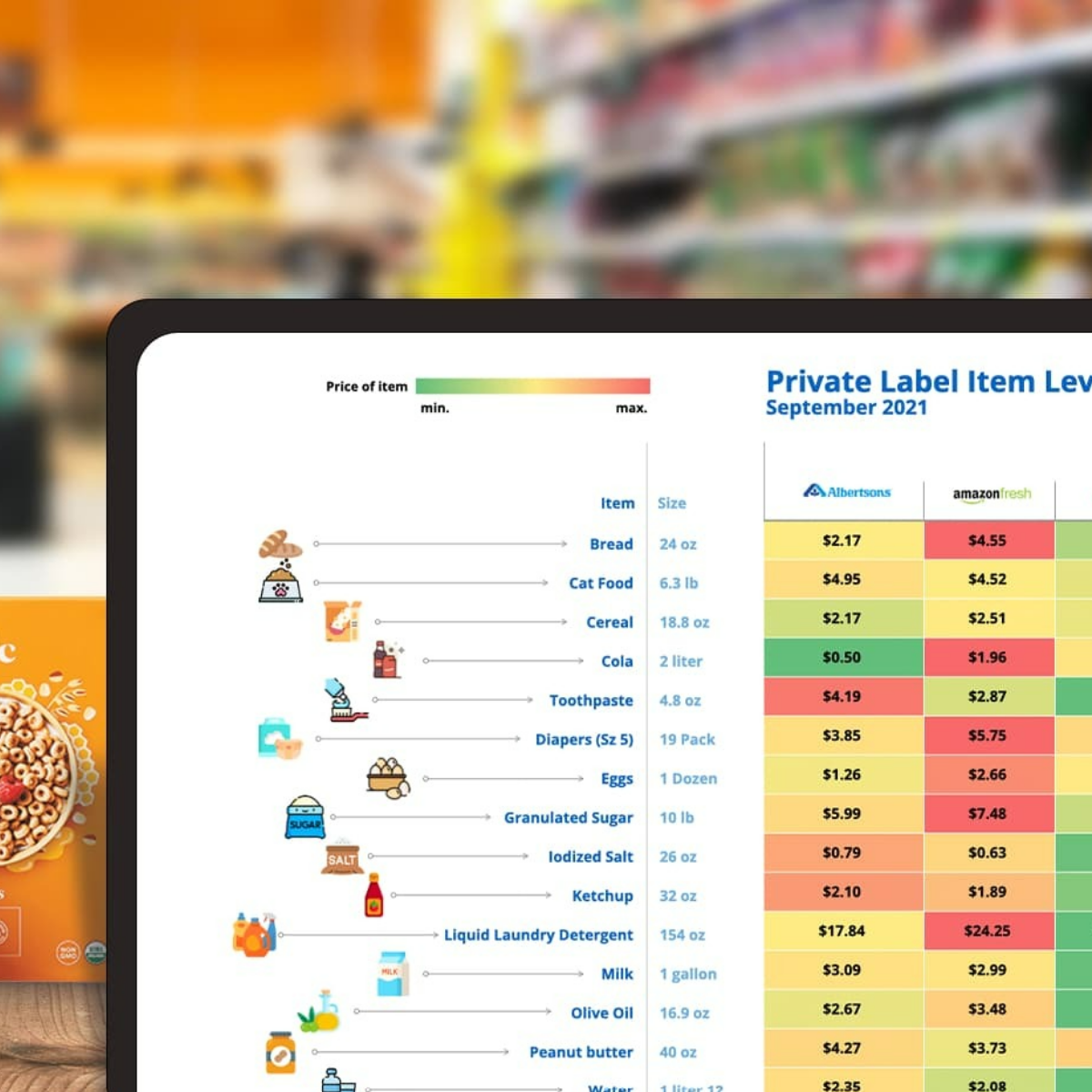With the disruption ecommerce has brought to retailers, businesses steering through choppy times have mostly taken isolated approaches to their channels. I’d argue that to drive and sustain future growth, it’s time to start thinking outside of the “brick or click” box. Rather, think overall strategy and mold channel tactics into that scheme. While this is not a radically new idea, when it comes to execution, it’s not a simple one-and-done. But at the finish line, there’s growth to be had.
Nowhere is this truer than in the home industry, which has been on a great run, and is poised to reach “breakout” territory. Taken together, the small home appliance and non-electric housewares markets have enjoyed a solid five percent sales increase in sales for year ending June 2, 2018, according to NPD’s Retail Tracking Service. Why breakout? We believe there are some macro societal trends creating tailwinds that can get this category into high gear – we’re doing more entertaining at home and trying to eat more healthfully, to mention just two.
It’s a good time to be in this industry. But I believe there’s more to be had, and how you proceed depends on your goals, what you know about how your customers shop, and just as importantly, what you can learn about the shopping patterns of those who aren’t your customers. Yet. Once you understand these elements, you can determine your direction – which levers to pull and why.
Three Factors That Increase Sales
Determining how you’re going to chase growth determines which route to take. There are three main avenues, or levers: increasing average sales price, increasing frequency of purchase and increasing reach.
First, let’s look at price: here, we’re looking to lift spend by finding ways to increase price. A good place to start is by increasing basket size. Are you offering a total solution for that purchase occasion or life moment? Let’s say you’re giving an engaged couple a set of durable French pots. You might want to pair that with hot plate trivets or mixing implements. While this is somewhat easier to do in-store through merchandising or a savvy intuitive sales associate, it’s also possible to achieve similar results online.
Another way to get buyers to increase spend is through innovation. How well are we addressing the “I wish, I hate, I love” needs of consumers who use our product? Let’s take the everyday challenge of making a truly gratifying cup of coffee. An often-overlooked opportunity, beyond product needs, is the scratching of that aspirational itch. Are we solving the “I wish, I hate, I love” for the occasion? Are we working to eliminate how shortchanged consumers may be feeling when their morning java misses the mark? Could this be an opportunity for innovation? For example, the Melita cone of yesteryear, which could be had for a few dollars, gives way to the highly inventive Clever Dripper, the journey to a world-class cup, which by the way, costs about four times the price of your traditional cone.
The second lever is frequency of purchase: that’s simply about getting existing customers to buy more items. About seven percent of small kitchen appliance purchases are appropriate for an additional purchase, which might be for a different occasion like entertaining, traveling, or some other life moment. This opens the door for easy line extension, product innovations or additional marketing/merchandising opportunities. The biggest opportunity lies in either the replacement of a broken or old product, which accounts for 41 percent of all small kitchen electrics purchases, or the upgrade of product already owned, which accounts for 14 percent of all purchases.
Our tactics need to evolve to increase frequency. Critical questions to ask are: Can we convert some of these purchases to include other family and friends who might be at a similar stage and ready for purchase? Are we marketing towards specific occasions like Mother’s Day, birthdays, and Father’s Day? Have we been paying attention to increasing our efforts to win gift-giving occasions? How are we doing when it comes to getting people to encourage self-gifting at these moments? How about augmenting our marketing to get consumers to desire our goods over those of others?
Finally, there’s reach: that’s about attracting more new buyers. NPD’s Consumer Tracking Service shows that a first-time purchaser’s primary pre-purchase research occurs by visiting stores, retailer websites, product review websites and family/friend recommendations. How are we, as manufacturers and retailers, going to connect with these first-time buyers? This group of buyers accounts for 38 percent of small kitchen appliance dollar sales. Most first-time purchase occasions are in-store. But, first-time purchase occasions are more likely to be online compared to replacement oriented occasions.
In-store marketing and merchandising efforts are still critical, especially since 60 percent of all consumers who made purchases in physical stores in 2017 bought small kitchen appliances, and 85 percent bought housewares, according to NPD’s Checkout data, which tracks purchases of the same consumer set across categories over time. We have customers in-store, how do we accelerate the urgency to convert to purchase? This is especially important for those people getting married or buying their first home, so we need to help the consumer think about the overall solution to the occasion which might create some unique cross-merchandising opportunities.
Knowing from NPD Checkout E-commerce data that online is growing in penetration for all age groups except 45-54-year-olds, we also need to innovate new ways to convert online by better speaking to the consumer needs we are solving – either for the product or the occasion. We also need to continue to innovate in the technology available to help the consumer feel confident in their purchase, whether that is virtual or augmented reality, or some other technical innovation.
Finally, given the importance of friends and family, we need to do more upfront brand building efforts, getting into the minds of our consumer earlier in the purchase cycle.
Don’t fall into the gap of channel bias What this adds up to is that in order to maintain growth, we have to look at which levers we’re pulling, to what end, and how to use either channel, or both, to achieve that goal.



